Learn about nursing diagnosis for lymphoma and nursing care plans in this comprehensive guide. Discover the most effective nursing management strategies to care for patients with lymphoma and improve their quality of life.
What is Lymphoma?
Lymphoma is a form of cancer that affects the immune system – specifically, it is a cancer of immune cells called lymphocytes, a type of white blood cell. It includes distinct entities defined by clinical, histologic, immunologic, molecular, and genetic characteristics. Based on histologic characteristics, lymphomas are divided into two major subgroups: Hodgkin’s disease and non-Hodgkin’s lymphoma.
Nursing Care Plans and Management
Nursing care management priorities for patients with lymphoma include effective symptom management, providing psychosocial support, educating patients and families, implementing infection prevention measures, offering nutritional support, ensuring communication and coordination among the healthcare team, and planning for long-term survivorship care.
Nursing Problem Priorities
The following are the nursing priorities for patients with lymphoma:
- Symptom management
- Providing psychosocial support
- Providing patient education and health teachings
Nursing Assessment
Assess for the following subjective and objective data:
- Verbalization of problem
- An actual or perceived limitation imposed by disease and/or therapy
- Alteration in relationship with SO
- Request for information, verbalization of problem, statements reflecting misconceptions
- Inaccurate follow-through of instruction, development of preventable complications
Assess for factors related to the cause of lymphoma:
- Altered body structure or function (drugs, surgery, disease process, radiation [loss of sexual desire, disruption of sexual response pattern])
- Tracheobronchial obstruction: enlarged mediastinal nodes and/or airway edema (Hodgkin’s and non-Hodgkin’s); superior vena cava syndrome (non-Hodgkin’s)
- Lack of exposure/recall
- Information misinterpretation
- Unfamiliarity with information resources
- Cognitive limitations
Nursing Diagnosis
Following a thorough assessment, a nursing diagnosis is formulated to specifically address the challenges associated with lymphoma based on the nurse’s clinical judgement and understanding of the patient’s unique health condition. While nursing diagnoses serve as a framework for organizing care, their usefulness may vary in different clinical situations. In real-life clinical settings, it is important to note that the use of specific nursing diagnostic labels may not be as prominent or commonly utilized as other components of the care plan. It is ultimately the nurse’s clinical expertise and judgment that shape the care plan to meet the unique needs of each patient, prioritizing their health concerns and priorities.
Nursing Goals
Goals and expected outcomes may include:
- The patient will verbalize understanding of individual reasons for sexual problems.
- The patient will identify stressors in lifestyle that may contribute to the dysfunction.
- The patient will discuss concerns about body image, sex role, and desirability as a sexual partner with a partner/SO.
- The patient will maintain a normal/effective respiratory pattern, free of dyspnea, cyanosis, or other signs of respiratory distress.
- The patient will verbalize understanding of the condition, prognosis, and potential complications.
- The patient will identify the relationship between signs/symptoms of the disease process.
- The patient will initiate necessary lifestyle changes.
Nursing Interventions and Actions
Therapeutic interventions and nursing actions for patients with lymphoma may include:
1. Promoting Effective Breathing Pattern
Patients with lymphoma may experience tracheobronchial obstruction or superior vena cava syndrome, both of which can compromise the airway and lead to ineffective breathing patterns. Tracheobronchial obstruction can occur due to the compression of the airway by enlarged lymph nodes, while superior vena cava syndrome can cause swelling and compression of the veins that carry blood from the head and neck, leading to breathing difficulties. Nursing interventions play a significant role in promoting effective breathing patterns in these patients.
1. Assess and monitor respiratory rate, depth, and rhythm. Note reports of dyspnea and use of accessory muscles, nasal flaring, and altered chest excursion.
Changes (such as tachypnea, dyspnea, and use of accessory muscles) may indicate the progression of respiratory involvement and compromise requiring prompt intervention.
2. Monitor and evaluate skin color, noting pallor, and development of cyanosis (particularly in nailbeds, ear lobes, and lips).
The proliferation of WBCs can reduce the oxygen-carrying capacity of the blood, leading to hypoxemia.
3. Assess respiratory response to activity. Note reports of dyspnea or ”air hunger,” increased fatigue. Schedule rest periods between activities.
Decreased cellular oxygenation reduces activity tolerance. Rest reduces oxygen demands and minimizes fatigue and dyspnea.
4. Observe for neck vein distension, headache, dizziness, periorbital and facial edema, dyspnea, and stridor.
Non-Hodgkin’s patients are at risk for superior vena cava syndrome, which may result in tracheal deviation and airway obstruction, representing an oncologic emergency.
5. Monitor laboratory studies (ABGs, oximetry).
Measures adequacy of respiratory function and effectiveness of therapy.
6. Place the patient in a position of comfort, usually with the head of the bed elevated or sitting upright leaning forward (weight supported on arms), feet dangling
Maximizes lung expansion, decreases work of breathing, and reduces the risk of aspiration.
7. Reposition and assist with turning periodically.
Promotes aeration of all lung segments and mobilizes secretions.
8. Instruct and assist with deep-breathing techniques, pursed-lip, or abdominal diaphragmatic breathing if indicated.
Helps promote gas diffusion and expansion of small airways. Provides the patient with some control over respiration, helping to reduce anxiety.
9. Identify and encourage energy-saving techniques (rest periods before and after meals, use of shower chair, sitting for care).
Aids in reducing fatigue and dyspnea, and conserves energy for cellular regeneration and respiratory function.
10. Promote bedrest and provide care as indicated during acute and prolonged exacerbation.
Worsening respiratory involvement and hypoxia may necessitate cessation of activity to prevent more serious respiratory compromise.
11. Encourage the expression of feelings. Acknowledge the reality of the situation and the normality of feelings.
Anxiety increases oxygen demand, and hypoxemia potentiates respiratory distress and cardiac symptoms, which in turn escalates anxiety.
12. Provide a calm, quiet environment.
Promotes relaxation, conserves energy, and reduces oxygen demand.
13. Provide support to family and caregivers. Encourage open expression of feelings.
The development of this complication is very frightening for patients and families because it may indicate the end-stage of the disease process and approaching death, especially in the hospice setting. Keeping the family informed may diminish their anxiety and minimize transmission to the patient.
14. Provide supplemental oxygen.
Maximizes oxygen available for circulatory uptake; aids in reducing hypoxemia.
15. Administer analgesics and tranquilizers as indicated.
Reducing physiological responses to pain and anxiety decrease oxygen demands and may limit respiratory compromise.
16. Assist with respiratory treatments or adjuncts, (IPPB, incentive spirometer) if appropriate.
Promotes maximal aeration of all lung segments, preventing atelectasis.
17. Assist with intubation and mechanical ventilation.
May be necessary to support respiratory function until airway edema is resolved in acutely ill hospitalized patients.
18. Prepare for emergency radiation therapy when indicated.
Treatment of choice for superior vena cava syndrome.
2. Initiating Health Teachings and Patient Education
Patients with lymphoma often experience cognitive limitations, such as difficulty with memory and attention, which can make it harder for the patient to acquire and retain information about their condition. Additionally, the complex and rapidly evolving nature of lymphoma treatment can make it challenging for patients to stay informed about their options and the potential outcomes of different approaches. Initiating health teachings and patient education in patients with lymphoma is a vital component of their overall care and empowerment. By providing comprehensive and tailored education, nurses empower patients to actively participate in their treatment decisions, manage treatment-related symptoms, adhere to medication regimens, recognize signs of complications, and make informed lifestyle choices.
1. Identify signs and symptoms requiring further evaluation, such as cough, fever, chills, malaise, dyspnea (pneumonitis); weight gain, slow pulse, decreased energy level, intolerance to cold (hypothyroidism); moderate fever, chest pain, dry cough, dyspnea, rapid pulse (pericarditis); dyspnea, fatigue, chest pain, dizziness/syncope (cardiomyopathy).
Prompt intervention can limit the progression of complications and reduce debilitating effects.
2. Discuss potential complications relative to a specific therapeutic regimen.
Possible side effects and long-term physical complications of radiation (direct or indirect) and some chemotherapy agents include pneumonitis, hypothyroidism, pericarditis, and cardiomyopathy.
3. Emphasize the need for ongoing medical follow-up.
Following treatment, there is an increased risk of secondary malignancies (thyroid, myeloid leukemia, non-Hodgkin’s lymphoma) in addition to other complications listed. Note: Yearly Pap smears are recommended for female patients because Hodgkin’s cells may be found on the cervix.
4. Recommend regular exercise in moderation, with adequate rest. Discuss energy conservation techniques.
Promotes general well-being. Note: Fatigue is associated with the disease process and treatment regimen, as well as developing complications. Therefore, balancing activity with rest enhances the patient’s ability to perform ADLs.
5. Review infection prevention measures and signs and symptoms requiring further evaluation.
Condition is associated with a complex deficiency in cellular immunity both before and after therapy. Note: Herpes zoster is a common occurrence.
6. Determine financial needs and concerns. Identify community resources and vocational services.
Although survival rates are relatively good, patients often have limitations in physical activities and employment because of dyspnea, chronic fatigue, and difficulties in concentration or memory. The presence of the disease can also impact a patient’s ability to work or qualify for bank loans or obtain insurance.
Recommended Resources
Recommended nursing diagnosis and nursing care plan books and resources.
Disclosure: Included below are affiliate links from Amazon at no additional cost from you. We may earn a small commission from your purchase. For more information, check out our privacy policy.
Ackley and Ladwig’s Nursing Diagnosis Handbook: An Evidence-Based Guide to Planning Care
We love this book because of its evidence-based approach to nursing interventions. This care plan handbook uses an easy, three-step system to guide you through client assessment, nursing diagnosis, and care planning. Includes step-by-step instructions showing how to implement care and evaluate outcomes, and help you build skills in diagnostic reasoning and critical thinking.

Nursing Care Plans – Nursing Diagnosis & Intervention (10th Edition)
Includes over two hundred care plans that reflect the most recent evidence-based guidelines. New to this edition are ICNP diagnoses, care plans on LGBTQ health issues, and on electrolytes and acid-base balance.

Nurse’s Pocket Guide: Diagnoses, Prioritized Interventions, and Rationales
Quick-reference tool includes all you need to identify the correct diagnoses for efficient patient care planning. The sixteenth edition includes the most recent nursing diagnoses and interventions and an alphabetized listing of nursing diagnoses covering more than 400 disorders.

Nursing Diagnosis Manual: Planning, Individualizing, and Documenting Client Care
Identify interventions to plan, individualize, and document care for more than 800 diseases and disorders. Only in the Nursing Diagnosis Manual will you find for each diagnosis subjectively and objectively – sample clinical applications, prioritized action/interventions with rationales – a documentation section, and much more!

All-in-One Nursing Care Planning Resource – E-Book: Medical-Surgical, Pediatric, Maternity, and Psychiatric-Mental Health
Includes over 100 care plans for medical-surgical, maternity/OB, pediatrics, and psychiatric and mental health. Interprofessional “patient problems” focus familiarizes you with how to speak to patients.

See also
Other recommended site resources for this nursing care plan:
- Nursing Care Plans (NCP): Ultimate Guide and Database MUST READ!
Over 150+ nursing care plans for different diseases and conditions. Includes our easy-to-follow guide on how to create nursing care plans from scratch. - Nursing Diagnosis Guide and List: All You Need to Know to Master Diagnosing
Our comprehensive guide on how to create and write diagnostic labels. Includes detailed nursing care plan guides for common nursing diagnostic labels.
Other care plans for hematologic and lymphatic system disorders:

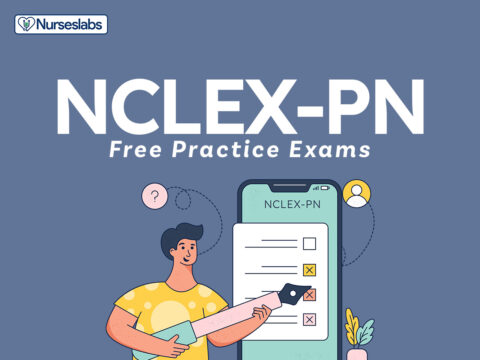
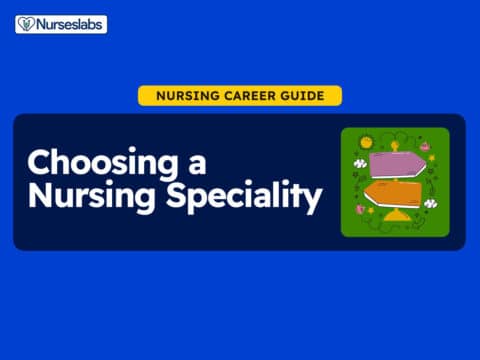

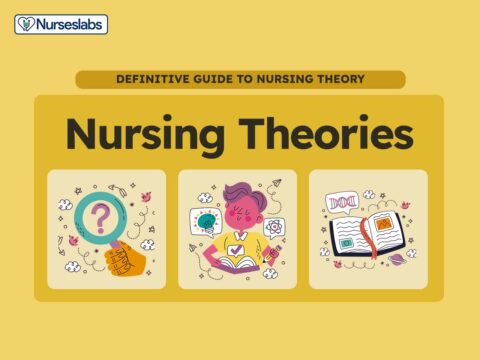




















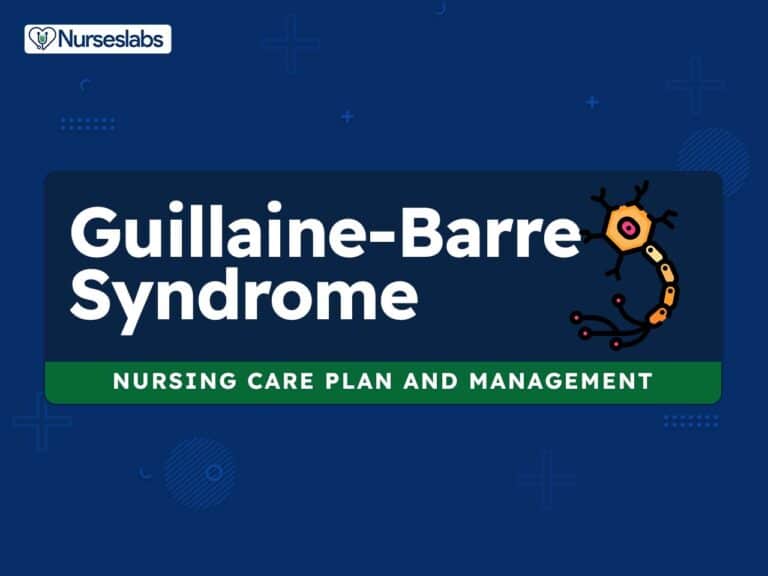

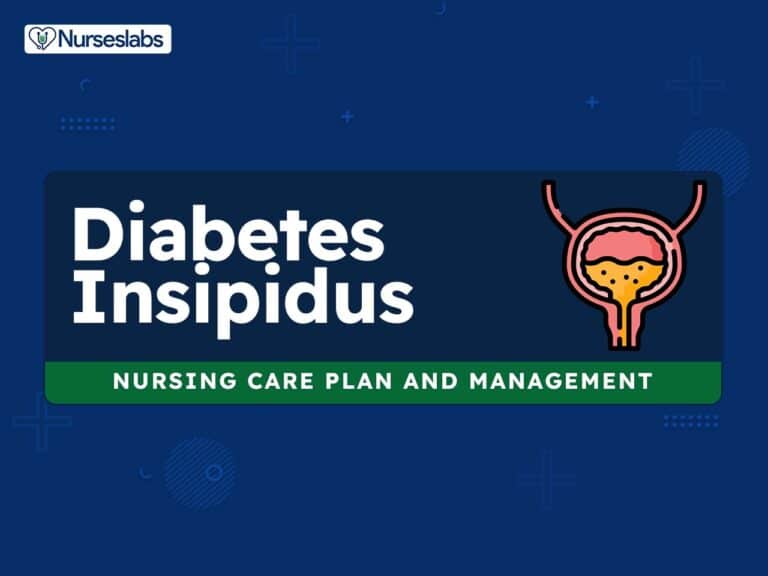
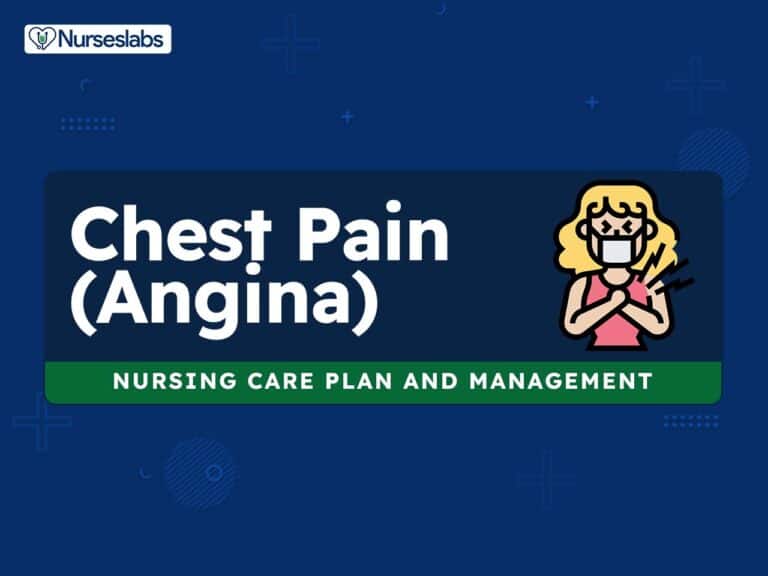
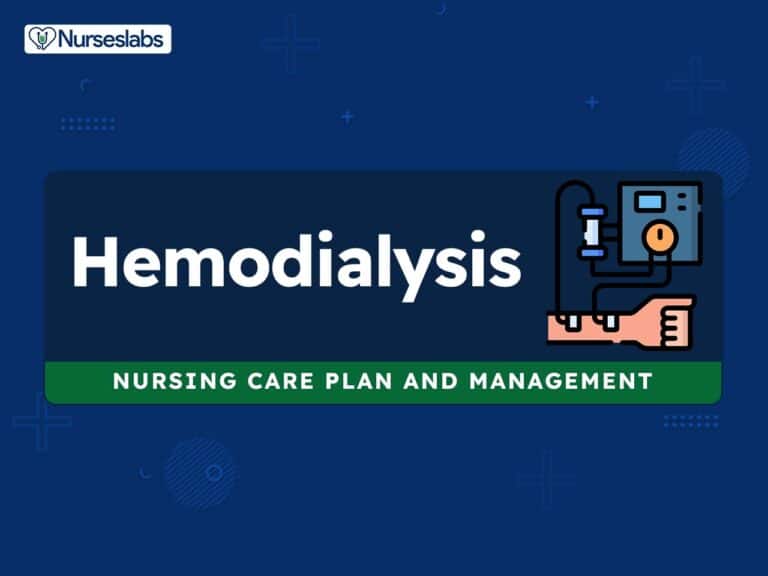
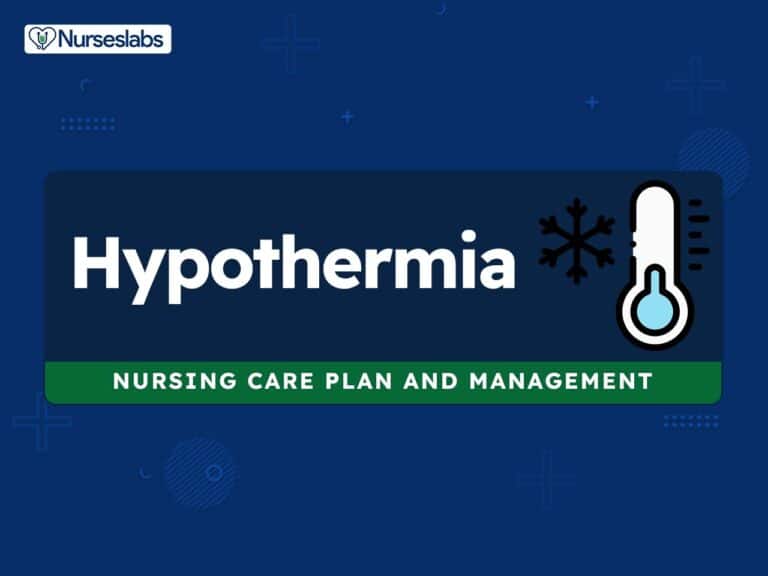
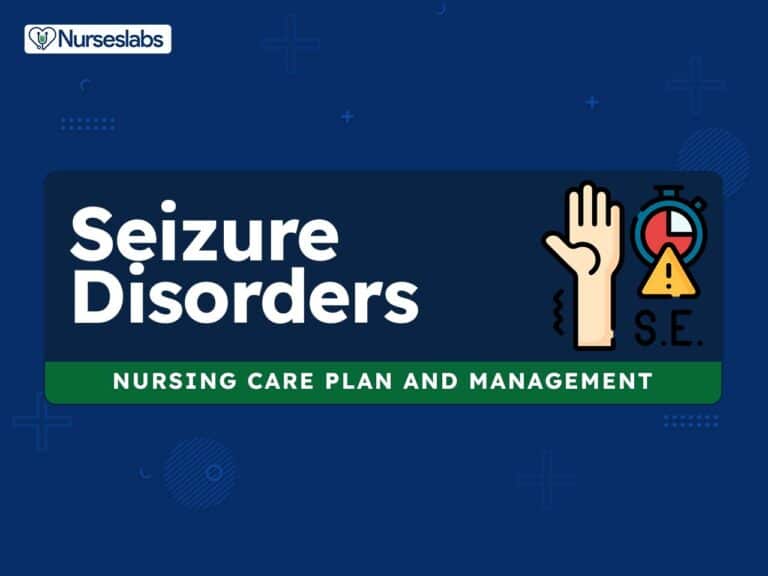
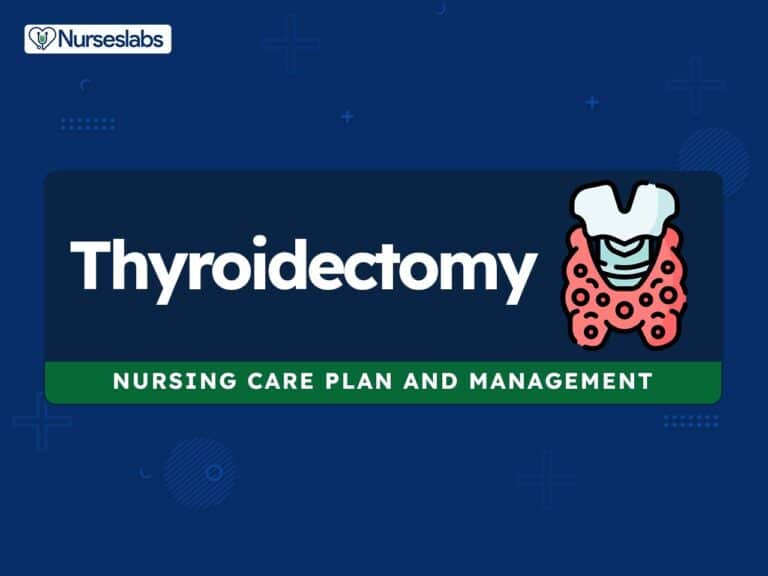

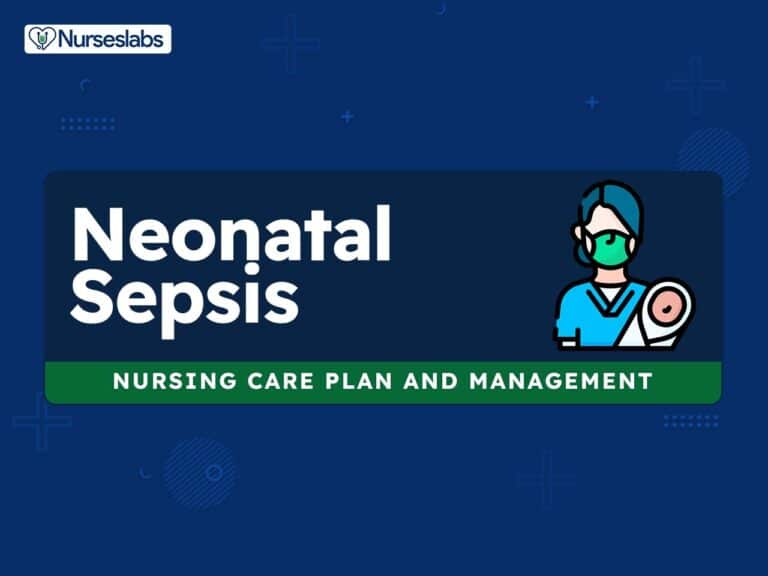
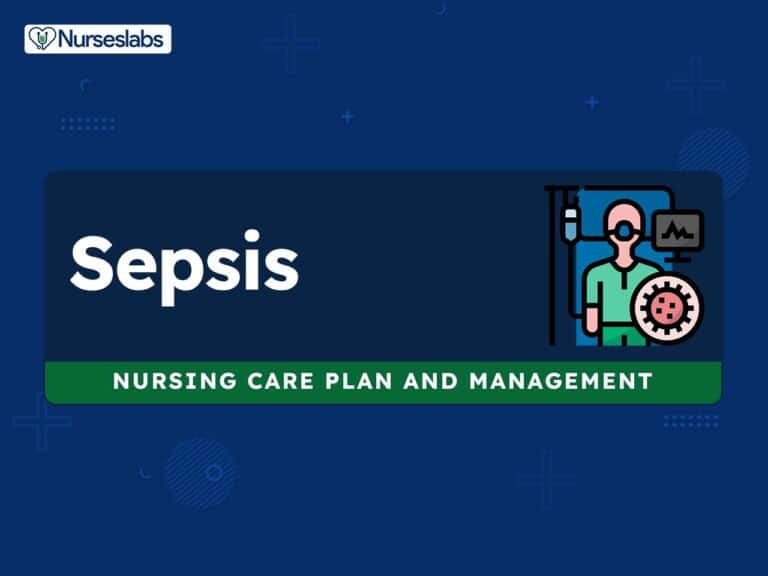

Leave a Comment